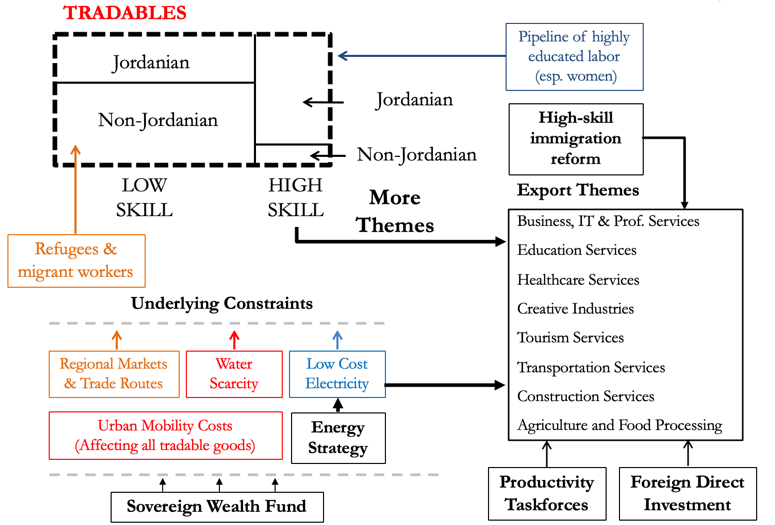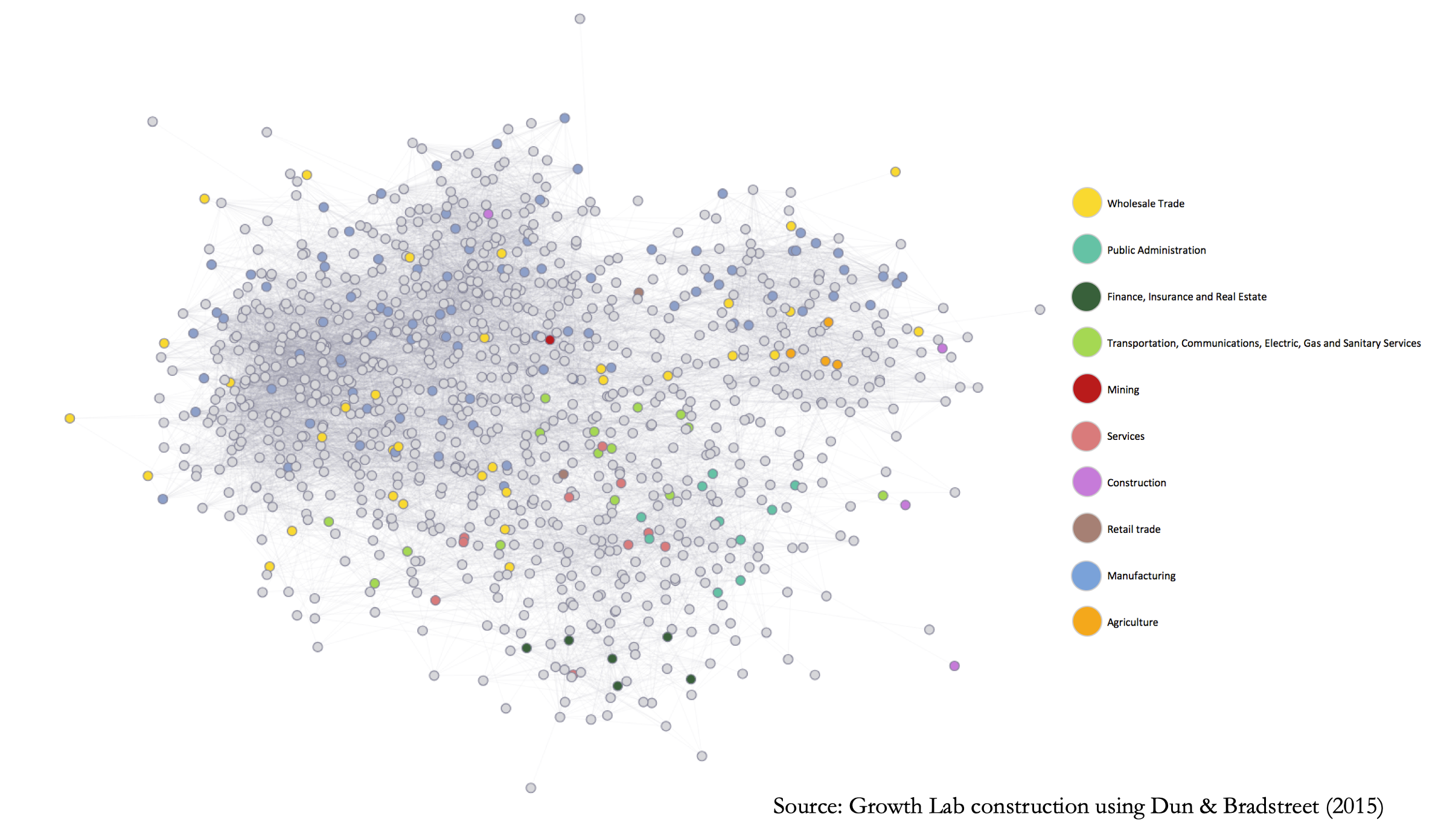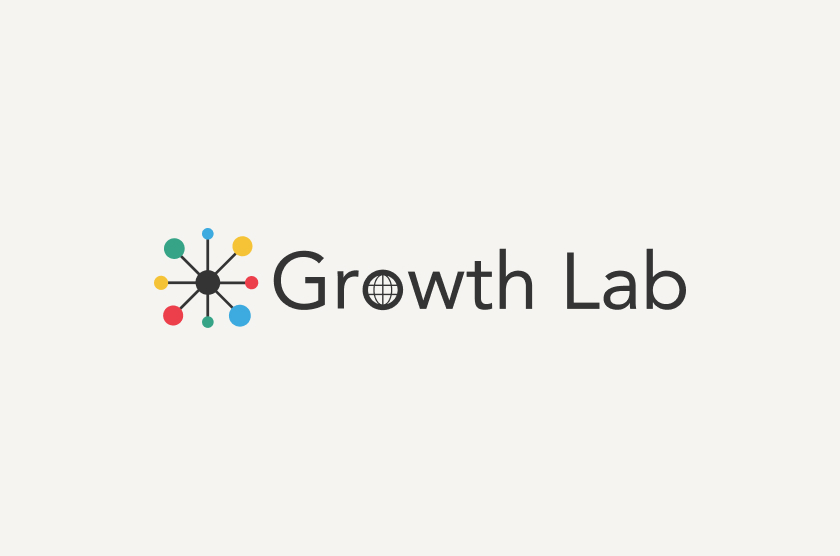Macroeconomic Stability & Long-Term Growth in Jordan
This project deployed research guided by Growth Diagnostic and Economic Complexity methodologies, first to understand constraints to growth and key opportunities and later to guide problem-specific research.
Project Dates
February 2018–November 2019
Funded By
Open Society Foundations (OSF)
The Growth Lab’s work in Jordan focused on delivering research targeted toward building a foundation for macroeconomic stability and long-term growth. At the start of this project, it was noted that the interdependencies between macroeconomic stabilization and accelerating growth were not well understood.
The Government of Jordan (GOJ) and the donor community together lacked a coherent, evidence-based narrative around the evolution of Jordan’s macroeconomic disequilibria and the binding constraints underlying persistently low economic growth.
More About this Project
Without such a narrative, it was impossible to prioritize and coordinate appropriate response actions and to form realistic expectations about how the economy would respond to various potential policy actions. The Growth Lab’s core research objective for the first year of the project was to fill this critical gap. As the project progressed from diagnosing problems to supporting government efforts to address them, the Growth Lab team increasingly worked to embed new capacities for research and policy design in the GOJ.
This project deployed research guided by Growth Diagnostic and Economic Complexity methodologies, first to understand constraints to growth and key opportunities and later to guide problem-specific research.
Key development partners utilizing project research include IMF in Jordan, World Bank in Jordan, USAID in Jordan, and EBRD in Jordan.
The Growth Lab continued its research in Jordan in 2020: COVID-19 Economic Response and Long-term Growth

Over the duration of this project, over 50 applied research outputs were developed. These included problem-based reports, policy memos, interactive analytical tools, in-person presentations to policymakers, and working papers. The project team coordinated and collaborated on applied research with the Royal Hashemite Court, the Office of the Prime Minister, the Ministry of Planning and International Cooperation (MOPIC), the Ministry of Finance (MOF), the Ministry of Labor (MOL), the Ministry of Minerals and Energy Resources (MEMR), the Jordan Investment Commission (JIC), and the National Electric Power Company (NEPCO), among other government institutions.
Read a summary of key diagnoses and analytical findings resulting from the project.
In the decade 1999-2009, Jordan experienced an impressive growth acceleration, tripling its exports and increasing income per capita by 38%. Since then, a number of external shocks that include the Global Financial Crisis (2008-2009), the Arab Spring (2011), the Syrian Civil War (2011), and the emergence of the Islamic State (2014) have affected Jordan in significant ways and thrown its economy out of balance. Jordan’s debt-to-GDP ratio ballooned from 55% (2009) to 94% (2018). The economy has continued to grow amidst massive fiscal adjustment and balance of payments constraints, but the large increase in population – by 50% between 2008 and 2017 – driven by major waves of refugees has resulted in a 12% cumulative loss in income per capita (2010-2017). Moving forward, debt sustainability will require not only continued fiscal consolidation but also faster growth and international support to keep interest payments on the debt contained.
Using the Growth Diagnostic methodology, we have developed an innovative framework to align Jordan’s growth strategy with its changing factor endowments. The framework incorporates service industries into an Economic Complexity analysis, utilizing the Dun and Bradstreet database, together with an evaluation of the evolution of Jordan’s comparative advantages over time. Combining several tools to identify critical constraints faced by sectors with the greatest potential, we have produced a roadmap with key elements of a strategy for Jordan to return to faster, more sustainable and more inclusive growth that is consistent with its emerging comparative advantages. Based on this central analysis, the project then launched several lines of problem-specific research to relax binding constraints to growth.
Schematic of Needed Growth Strategy

Strategic Diversification & Export of Opportunities in Industrial Space

Affiliated Publications
Podcast

Tools
ATLAS OF ECONOMIC COMPLEXITY
Explore South Africa’s City Profiles
Metroverse
Explore Amman’s City Profile
Viz Hub
Explore Jordan’s Complexity Profile
Videos
Development Talks / Interviews
Team Members












Person
Miguel Angel Santos
Dean, School of Government and Public Transformation, Tecnológico de Monterrey




